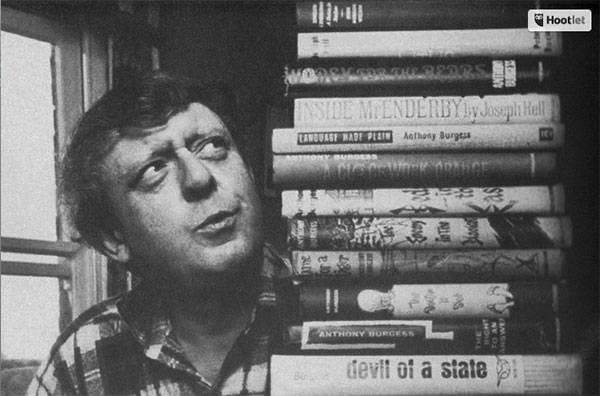

What is respected is interest in machines. If anything goes wrong, I have all known aids to meet your emergency." -Century Illustrated Magazine, February 1926 Anybody in obstetrics who shows a human interest in patients is not respected. I can do my best work -and the best we must have in medicine all the time -not in some cramped little apartment or private home, but where I have the proper facilities and trained helpers. Where the trained mechanics and their necessary tools are," agreed the doctor. The ethics of potential side effects, invasiveness, and abuse should be taken into consideration before human trials begin in the near future (Mathews, 2011 Gilbert, Harris, & Kidd, 2021).Įxactly. Optogenetics offers greater spatial and temporal control of brain activity than current technologies like transcranial magnetic stimulation or psychopharmacological drugs (Williams and Entcheva, 2015 Deisseroth et al., 2006 Shao et al., 2018). A new technology in neural engineering known as optogenetics uses CRISPR Cas-9 to genetically modify human neurons to express photosensitive opsins and thus fire when stimulated by certain light wavelengths (Boyden, 2011). Skinner proposed that all behavior can be controlled using rewards and punishments (Schultz & Schultz, 2019).

In modern times brain stimulation experiments have been conducted on animals and even humans to control the mind (Marzullo, 2017 Bishop et al., 1963). Ultimately, the novel both reflects on and intervenes in a critical biopolitical shift in regulating the brain.įrom the dawn of history to modern times humans have been using knowledge of neural structures to alter behavior (Faria, 2013). Simultaneously, it demonstrates the failures of the politics of a reactionary, fear-based neuroscience. As such, a neuroscientific reading of A Clockwork Orange articulates how counterculture perverts psychopharmacology, driving it away from the normalizing discourses of psychiatric power (as it is used to correct deviant mental states). I argue that the novel engages the dynamics among psychopharmacology, neuroscience, and psychiatry, and investigates how these specialties function within Western culture to mediate between dominant and subordinate divisions. This essay explains the function and representation of drugs in the novel within the context of neuroscience's development during the 1960s. Furthermore, the connection between the novel and the development of neuroscience-including the use of drugs that affect the brain-has yet to be considered. Anthony Burgess's A Clockwork Orange is rarely considered in terms of psychopharmacology.


 0 kommentar(er)
0 kommentar(er)
